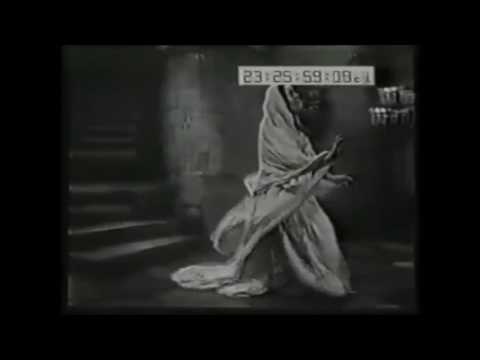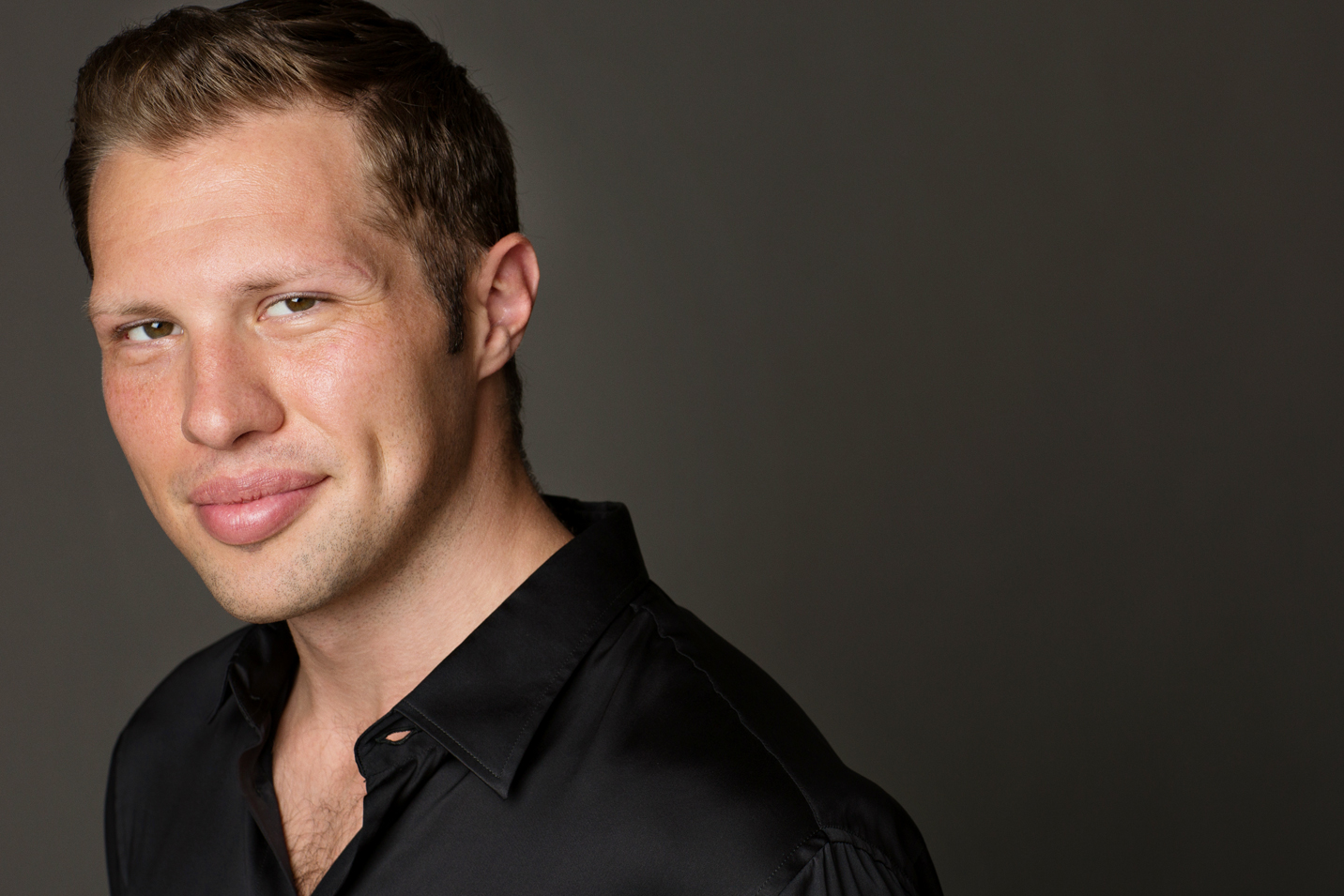Joan Sutherland is indisputably one of the greatest opera singers to have ever lived. Her performances of the coloratura repertoire set the standard for all who have followed, and are the gold standard in living memory. I do not know the exact circumstances of the recording of this video, but it appears to be a live performance for British TV from 1962, just as Sutherland was exploding onto the world scene. Her Lucia is definitive and this recording shows precisely why. There is a slender, silvery quality to the voice that is perfectly suited to this repertoire. Beyond this, the highest reaches seem to fall out, completely natural to her instrument, the trills are clear and utter perfection, as are the staccati and the wonderful descending scales which seem to touch every microtone on their way down. This is one of the great hallmarks of “Golden Age” singing, the ability to sing a truly connected descending scale, in which all the pitches are present.
I deem this particular video required listening for all aspiring “Opera Queens” (full irony and camp intended this time). It displays a young Joan Sutherland totally in control. Fabulous singing aside, I particularly love her full Diva pillar lean during the first outbreak of applause (12:20 in the video). Equally inspired is the backwards crawling up the stairs in her “madder” moments; aspiring Divas take note, knowing how to work the stage can be as important as the singing.
This season I was fortunate to hear Lisette Oropesa sing the title role in Manon at the Metropolitan Opera (we eagerly await her performances of Violetta this spring). I have loved her recordings and videos of live performances for years and this was my first opportunity to hear her in person. She did not disappoint. The voice has those same qualities I prize in early Sutherland; silverly, slender, clear coloratura and an ease natural to the highest registers of the voice (I have heard numerous Lucia where it is clear that just because the voice can sing the pitches, it does not mean the voice wants to live there, and this is the true dividing line for a great Lucia.) In this video of a live broadcast from the Teatro Real from 2018, Oropesa thrills both vocally and dramatically in the staging by David Alden. In an added delight the Real employs a true glass harmonica as called for in Donizetti’s score, which is often substituted with a flute. While duet between flute and soprano is wonderful, the glass harmonica is arresting in its otherworldly color, which is surely why Donizetti scored it for this most famous of mad scenes. In this production Lucia appears to us soaked in blood, as one must be if they have just stabbed their bridegroom to death. The vocalism is impressive enough without the fact that half of it is performed sitting and even some on her back! The moment seared into my memory is when she slides upstage seated to embrace herself with her murdered groom’s arms. Moments later, during the duet with the glass harmonica, she seems to begin to come out of the dream a realize what has occurred and to take in its full horror.
In listening to Sutherland’s numerous recordings I am struck in particular by the breadth of her album La Stupenda which includes recordings from throughout her career. The earliest recordings are clarion, virtuosic and definitive. While the power and virtuosity of Sutherland’s voice never diminish, there is a marked change over the years which I am not convinced is due to the inevitable aging of the human voice. Some say it was the influence of Bonynge, her husband and constant collaborator, but, it is difficult to say what causes these things. What I do know is that the sound darkens and clarity is lost.
We can take immeasurable joy and comfort in this rendition of Sutherland’s Lucia, and we may rejoice currently that we are able experience an heir to her artistry in Lisette Oropesa.
Note: Since writing this post the full version of Lisette’s mad scene has been taken off youtube. We will embed a new video once we locate a functional one.



0 Comments